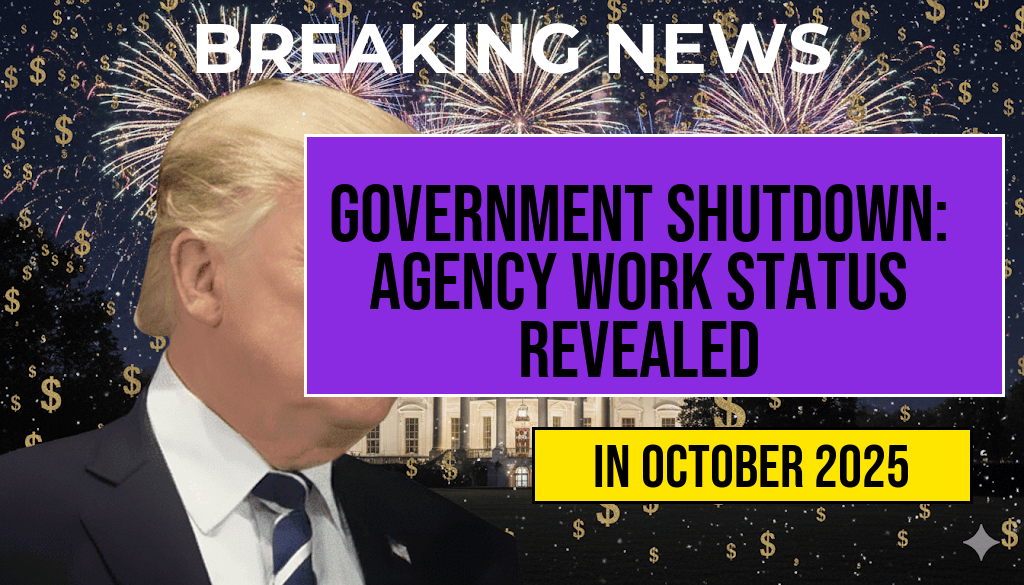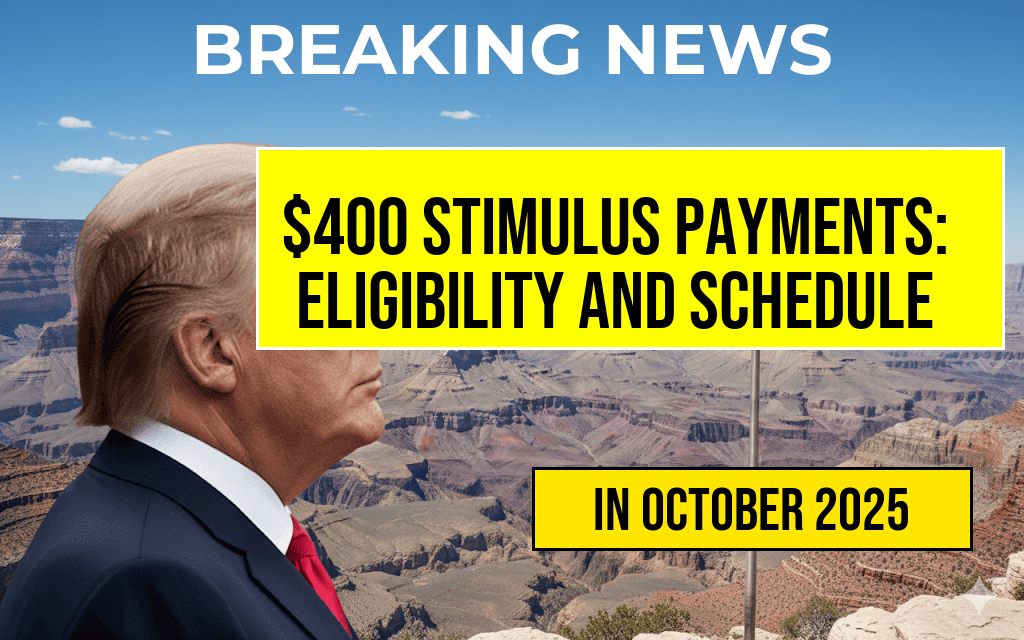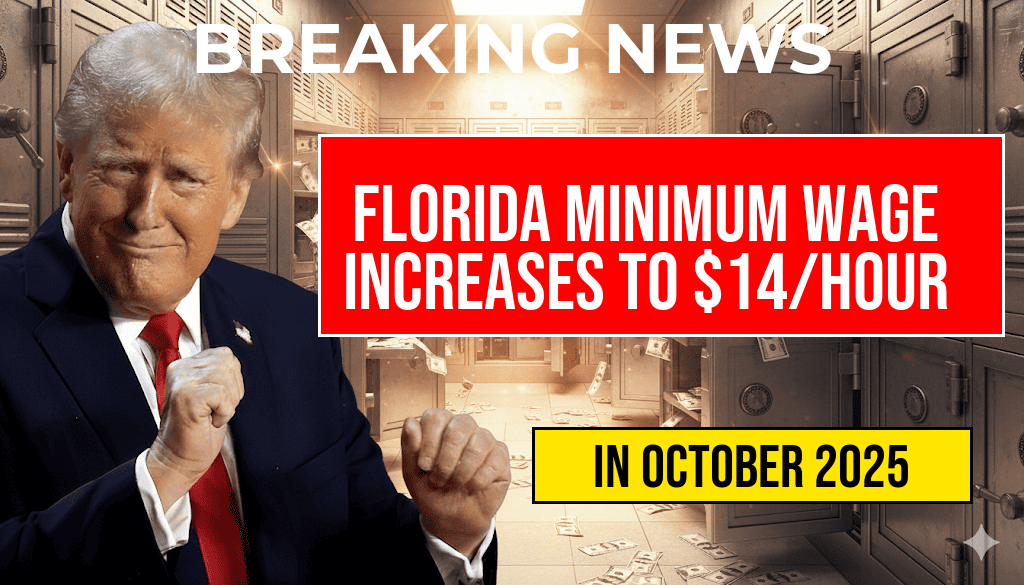The recent announcement regarding $400 stimulus payments has garnered significant attention as many Americans look for financial relief amid ongoing economic challenges. The stimulus, aimed at providing support to eligible residents, has specific eligibility criteria and a detailed payment schedule that recipients need to be aware of. Understanding how these payments will be distributed is crucial for those who qualify. This comprehensive guide will outline the key aspects of the $400 stimulus payments, including who is eligible and when the payments will be issued.
Eligibility Criteria for $400 Stimulus Payments
To qualify for the $400 stimulus payments, individuals and families must meet certain criteria set by the government. Below are the primary requirements:
- Income Level: Individuals earning less than $75,000 per year or couples filing jointly with a combined income under $150,000 will be eligible for the full payment. Those earning above these thresholds may receive a reduced amount.
- Residency: Eligible recipients must be residents of the state or region distributing the payments. This includes individuals who have lived in the area for a specified period.
- Tax Filing Status: Applicants must have filed a federal tax return for the most recent tax year. This includes those who may not owe taxes but have still filed.
- Age Requirements: Generally, recipients must be at least 18 years old, though some states may extend eligibility to dependents.
Payment Schedule: When to Expect Your Funds
The distribution of the $400 stimulus payments will occur in several phases, ensuring that eligible individuals receive their funds promptly. The payment schedule is as follows:
| Payment Phase | Expected Distribution Date |
|---|---|
| Initial Payments | January 15, 2024 |
| Second Round | February 15, 2024 |
| Final Payments | March 15, 2024 |
Payments will primarily be issued through direct deposit for those who have provided their banking information to the IRS. Paper checks will be sent to individuals without direct deposit information, which may result in longer wait times. It’s advisable for recipients to check their IRS accounts for updates regarding their payment status.
How to Apply for the $400 Stimulus Payment
For those who believe they meet the eligibility criteria, the application process is straightforward. It involves the following steps:
- File Your Taxes: Ensure your federal tax return is filed. This is the primary method for determining eligibility.
- Check for Updates: Regularly visit the official IRS website or your state’s department of revenue for any announcements related to the stimulus payments.
- Provide Necessary Documentation: If required, be prepared to submit any additional documentation that verifies your income and residency.
Frequently Asked Questions
Will I receive the full $400 if my income exceeds the threshold?
If your income exceeds the $75,000 threshold (or $150,000 for couples), you may receive a reduced payment. The payment amount decreases incrementally based on your income level.
What should I do if I haven’t received my payment by the expected date?
If you do not receive your payment by the expected date, check your IRS account for payment status. If needed, you can contact the IRS or your state’s revenue department for assistance.
Are there any consequences for not applying for the stimulus payment?
Failure to apply or claim your payment may result in missing out on financial assistance that could be beneficial. It is advisable to follow up on eligibility and payment status.
For more information about the stimulus payments, visit [Wikipedia](https://en.wikipedia.org/wiki/Economic_impact_payments) or [Forbes](https://www.forbes.com/advisor/personal-finance/stimulus-checks-2024/). Staying informed about these payments can significantly aid in financial planning and budgeting during these challenging times.
Frequently Asked Questions
What are the eligibility criteria for the $400 stimulus payments?
To qualify for the $400 stimulus payments, individuals must meet specific income thresholds, residency requirements, and other criteria set by the government. Typically, eligibility may include factors such as income level, tax filing status, and whether you are a dependent.
When will the $400 stimulus payments be distributed?
The complete payment schedule for the $400 stimulus payments varies by state and individual circumstances. Payments are expected to be distributed in phases, starting from date and continuing through date, so it’s important to check for updates regularly.
How will I receive my $400 stimulus payment?
The $400 stimulus payments may be issued through various methods, including direct deposit, mailed checks, or prepaid debit cards. The method of payment will depend on what information the government has on file for you, such as your bank account details.
What should I do if I don’t receive my $400 stimulus payment?
If you do not receive your $400 stimulus payment by the expected date, you should first check your eligibility and payment status through the official government website. If you are still unable to locate your payment, consider contacting the appropriate government agency for assistance.
Will the $400 stimulus payment affect my taxes?
The $400 stimulus payment is generally not considered taxable income, meaning it should not affect your federal or state taxes. However, it’s advisable to consult a tax professional or refer to the IRS guidelines to understand any potential implications for your tax return.











